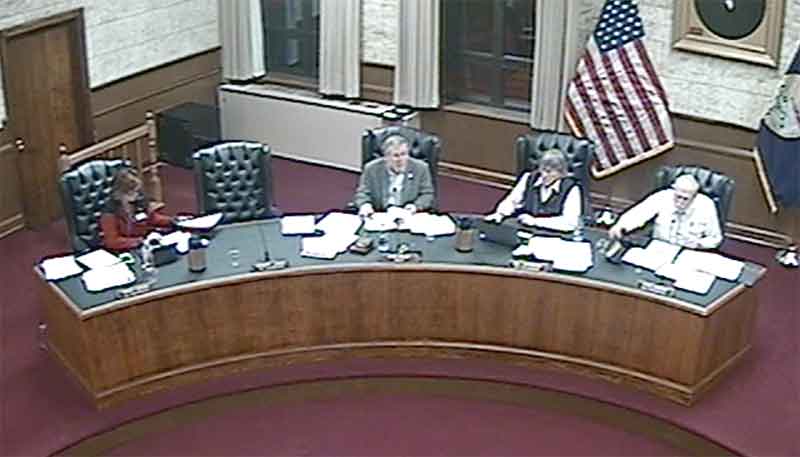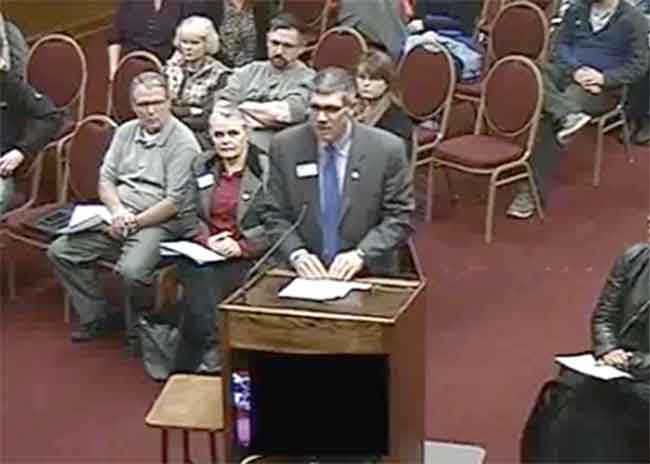Three School Board seats are up for grabs in this year’s Great Falls school election, set for May 2, 2017. The election will be held by mail. Thus far, according to the Commissioner of Political Practices’ website, incumbents Jan Cahill (Board Chairman) and Don Ryan have filed for re-election. Trustee Jason Brantley is also up…
Month: February 2017
Bozeman, Montana: Sanctuary City?
How spineless. Bozeman will not become a sanctuary city. This evening, the Bozeman City Commission instead passed a mayoral proclamation declaring Bozeman a “safe, welcoming, and inclusive community,” to the chagrin of a handful of residents. The proclamation reads: WHEREAS, for more than twenty years the City of Bozeman has passed Resolutions declaring itself to be a…
Poll: GFPD Vs. The Great Falls Tribune
On Friday, the Great Falls Police Department issued a media release responding to a Tribune story about the Great Falls Rescue Mission. You can read the Tribune’s response to the GFPD release here. Can anyone recall the GFPD ever scolding local media like this? The fact that our (excellent) police department felt compelled to make any kind of statement says a…
Fuzzy Math Frames Issue Of GFPS Tech Spending
Something doesn’t fit. After Monday night’s budget presentation by Great Falls Public Schools, the Great Falls Tribune painted a grim picture of the District’s per-pupil technology spending compared to other AA school districts. Sarah Dettmer for the Tribune reported: According to data collected from fiscal year 2016, Great Falls is spending $21.66 per student for technology. GFPS…
ICYMI
I thought the following comment on the City Commission post, below, was worth elevating: Don I would agree with you. I was there last night, I’ve been researching this and I think the city’s got something up their sleeves. Ordinance 4138 is far too inclusive. So is Ordinance 3149. There’s more to come too, with…
Interesting New Rules In Play After Last Night’s City Commission Meeting
The City of Great Falls delivered a hat trick of ordinances last night, with the passage of Ordinances 3148, 3149, and 3153 — all of which were opposed by Commission-goers but adopted unanimously by the Commissioners. This before Assistant City Attorney Joe Cik at one point amusingly referred to himself as “some sort of medieval person on an epic quest” to clean…
Reflections On DeVos, Arntzen, And Public Education
A philosopher once said that we are really three quite different people; the one we see as our self, the one others see, and the one we really are. All very different and the first two are merely reflections. The recent discourse concerning the Q & A session between representatives of the Great Falls Public Schools and…
Tribune’s Education Reporter Doubles Down On Arntzen Hit Piece
Sarah Dettmer, the Great Falls Tribune’s education reporter, seems to have it out for Elsie Arntzen. Yesterday, Dettmer published a heavily self-referential, self-congratulatory article to explain away some of the blowback from her hit job on the freshly-elected Montana Superintendent of Public Instruction, Republican Elsie Arntzen. Dettmer writes: Then, Great Falls Public Schools Superintendent Tammy Lacey stood up to…
More On The GFDA
After our reporting (and thanks to our tipsters!), KRTV ran a story about Brett Doney’s gloomy review of the Great Falls job market. Apparently, the state of Montana disagrees with Doney: But the Montana Department of Labor says the GFDA report is inconsistent with state numbers. Chief Economist Barbara Wagner says there were roughly 300 jobs…










